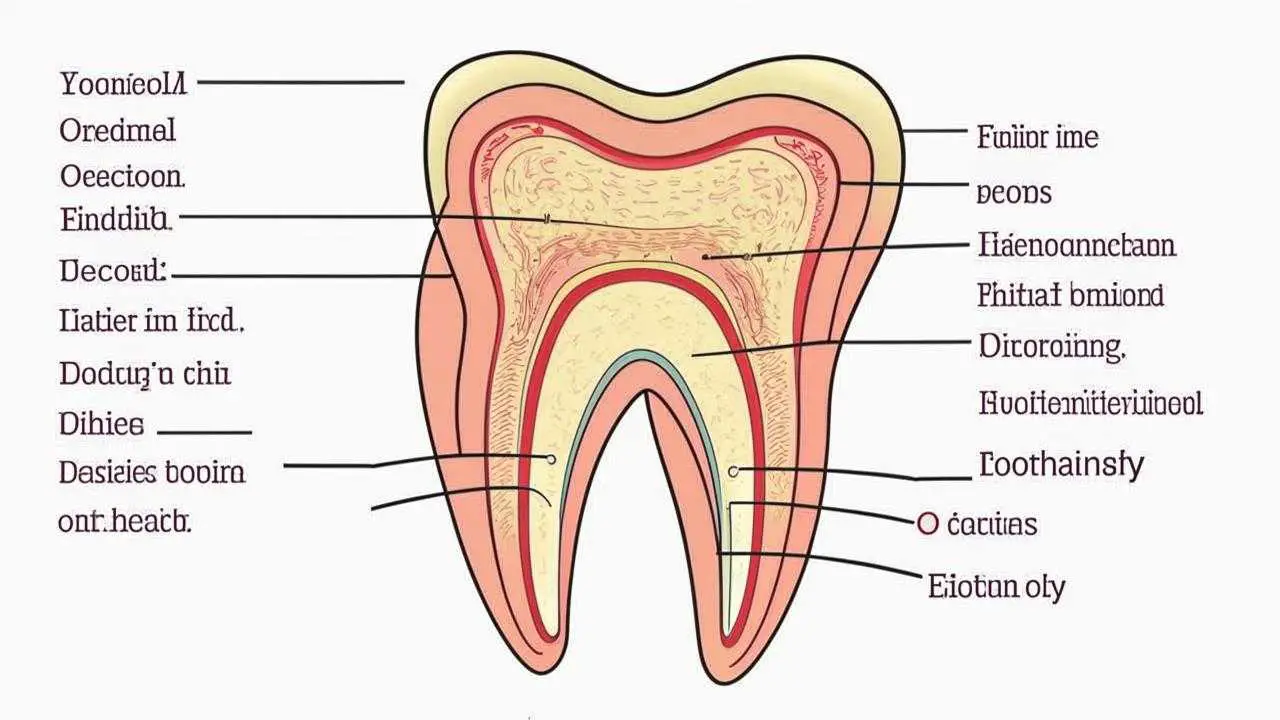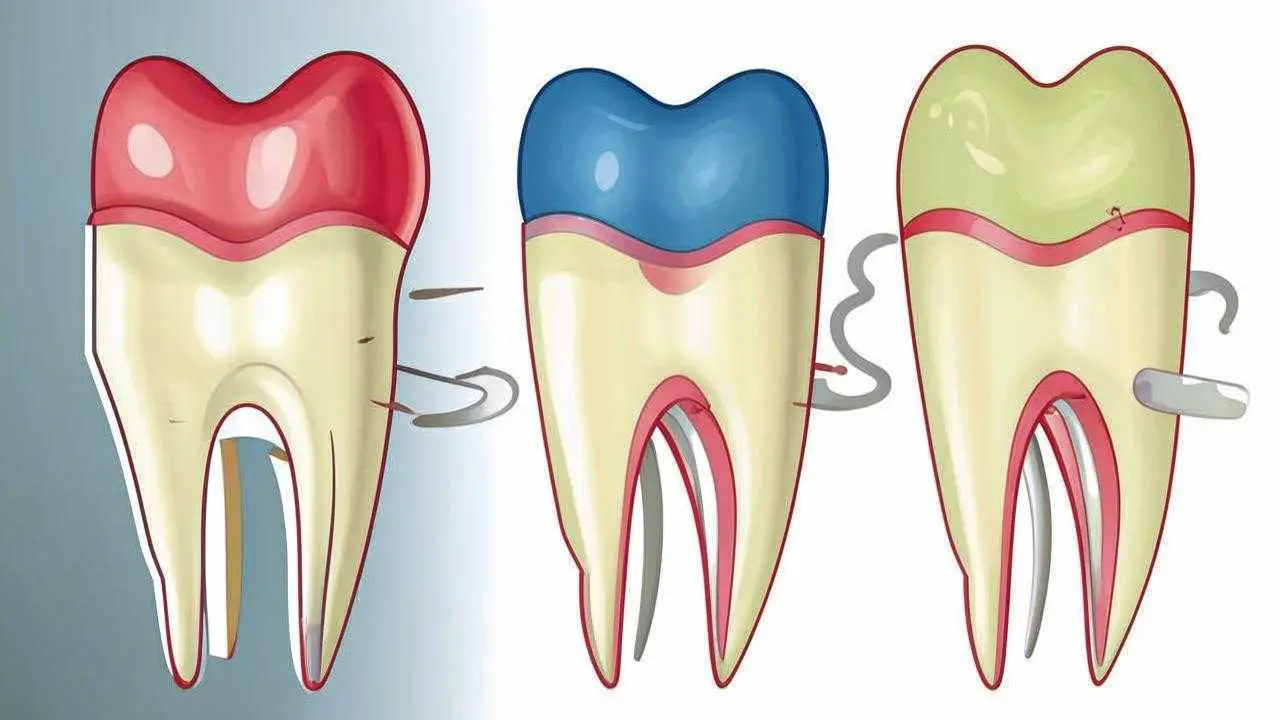وقت القراءة ~ حوالي 5 دقائق عدد القراءات: 26729
Fissure sealing is a method of primary prevention of dental caries. Fissures are natural depressions, grooves on the chewing surface of teeth. They are narrow and difficult to clean with a brush. Therefore, bacteria gradually accumulate in the grooves, destroy the enamel and cause tooth decay. 67% of tooth decay in young children [1] is fissure caries. By the age of 17, this figure reaches 85% [1].
Fissure sealing in dentistry aims to create a physical barrier that prevents the penetration of microbes.
Indications
- A deep tooth fissure that cannot be penetrated by a toothbrush;
- absence of caries;
- insufficient mineralization of enamel;
- short time since the teeth erupted;
- history of decay of baby teeth.
Permanent teeth erupt with enamel in which mineralization is not yet complete. This process continues for several years. It is during this time that caries most often affects the hard tissues. With age, the enamel receives more and more minerals, this leads to the fact that in adults there is often an independent sealing of fissures. Therefore, fissure sealing is most often performed in children and adolescents.
موانع الاستعمال
- Healthy, wide, well communicating cavities and pits on the chewing teeth;
- Caries on any surface (chewing, contact);
- Fissures that have not been bothersome for more than 5 years.
Fissure sealing methods
If the tooth tissue is completely preserved, we speak of non-invasive sealing. When the tooth is prepared, the sealing becomes invasive.
Non-invasive fissure sealing consists of filling the recesses with a special substance – sealant (silant), without first opening the recesses. The procedure is painless and can be used as a way to familiarize the child with dental intervention. Minuses of the method – the risk of sealing hidden caries. Small carious lesions of enamel under the silant are preserved, not causing problems in the future. But if the caries has left the stage of stain and penetrated into the dentin, it develops under the sealant, destroying tissues and increasing the risk of tooth loss.
إن invasive technique of fissure sealing involves removing a small layer of enamel. This technique prepares the cavities for filling with silant and is used as a secondary diagnosis of caries. The layer of enamel immediately below the surface layer reacts better to acid treatment, increasing the degree of adhesion (sticking) of the sealant. At the same time, the tooth tissue is minimally affected. The method has only one disadvantage: if the sealant is lost, the damaged enamel will be more susceptible to decay. In addition, it risks increased tooth sensitivity, even though the layer of removed enamel is minimal.
In the application of this technique involves a lot of expensive equipment and materials. The method is used in well-equipped clinics. Therefore, the prices for invasive sealing are higher.
Stages
Both methods are carried out according to the same algorithm, only in the invasive technique there are more stages because of the preparation.
- Removal of plaque and deposits;
- opening of the fissures (only in the invasive technique);
- isolation and drying of the working surface;
- etching of enamel;
- sealing of the tooth fissure with a sealant;
- lamp curing;
- occlusion check (how the teeth close together);
- polishing and grinding.
The dentist may use additional methods, for example, when he or she finds tooth decay during the work, the intermediate step will be its treatment.
Types of sealants
To seal the fissure of the tooth in dentistry, different types of silants are used, they have different strength and wear resistance. Some silants are enriched with fluoride ions to accelerate mineralization of enamel.
Sealants are:
- Composite. They are created on the basis of acrylic resins.
- Compomers. Composites enriched with acid.
- Glass ionomer cements (SIC). They harden as a result of a chemical reaction, do not require pre-treatment of enamel with acid.
Composite sealants are the most common. They come in transparent, milky white and colored. Kids especially like bright “patches” on their teeth, so colored sealants are especially popular in pediatric dentistry.
Transparent sealants are prone to pigmentation and can turn an unsightly dirty gray color over time. Recently, there have been sealants that turn from transparent when cured into colored sealants when exposed to light. While the sealant is transparent, it is easy to detect decay underneath. When it becomes colored, it is easier to assess its presence, quantity and degree of preservation.
What kind of sealant to apply is decided by the doctor, based on the specific situation. It is possible to seal 1 tooth or several, if there are indications.
Fissure sealing for caries prevention can reduce infection, according to different sources, with an efficiency of 50-90% [1] .
Sealants after closure of deep fissures last about 5 years, but can last up to 10 years. Reports of doctors confirm the retention of sealant after 7 years in 47% of patients [2].
Sources:
[1]http://rep.bsmu.by/
[2]https://studfile.net/preview/2616305/



